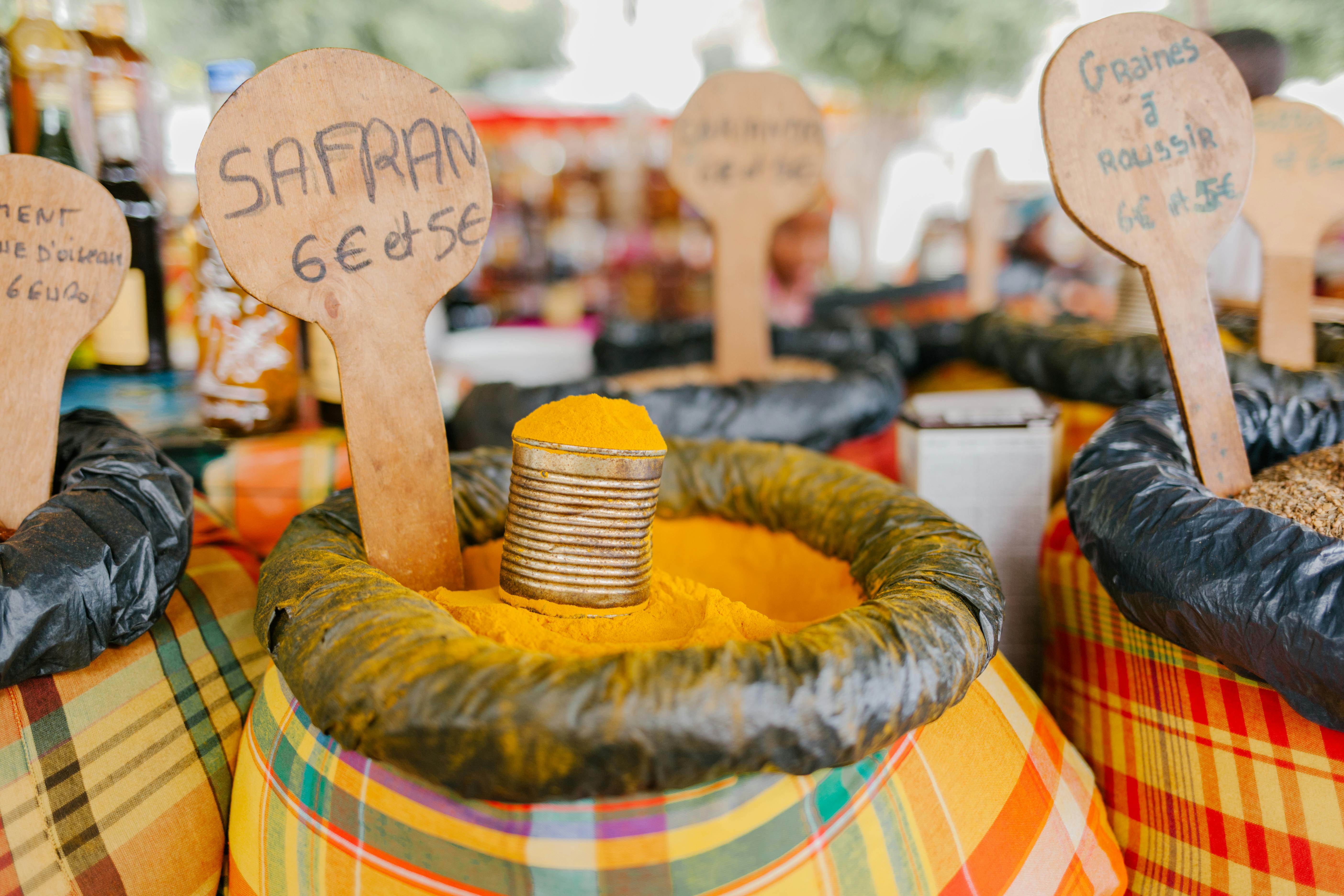A review of the Lotus Elite Sports Car, covering the development, important features and technical data of this ninth model in the Lotus range.
In this article, I offer a nostalgic look at the Lotus Elite, one of an elite group of classic cars, which was manufactured during the period from 1957 to 1962.
In 1956, Colin Chapman created the Lotus Elite sports car as a street car, in the first place.
The first two-door, two-seater prototype was unveiled at the 1957 Earls Court Motor Show in London.
After its debut, Elite spent another year undergoing a development program before production.
It was the first production car built with a fiberglass monocoque construction.
It succeeded the Lotus Seven, with its sheet metal body and tubular space frame chassis.
On the other hand, the Elite was a stylish fixed-head coupe, with a coefficient of drag of just 0.29, which was surprisingly low for the time.
Also known as the Lotus 14, it was launched in 1959 and was conceived as a racing sports car.
The standard version used an aluminum Coventry Climax, 1216cc, straight-line 4-cylinder, overhead camshaft engine, developing 71bhp and with a single SU carburettor.
It had four-wheel, 9.5-inch Girling disc brakes, no power assist, had a top speed of 113 mph and a 0-60 mph time of 13.2 seconds.
The standard gearbox was a four-speed MG unit, but a close-ratio, four-speed synchro ZF was offered as an optional extra.
The Elite had the unmatched handling of the Lotus Seven, presented in a more traditional body style.
The four-wheel independent suspension uses coil springs at the front and a MacPherson strut shape at the rear. The steering was by rack and pinion.
A higher performance Special Equipment (SE) model was introduced in 1960, featuring a ZF gearbox, two SU carburettors, and a modified exhaust manifold, developing 85 hp.
This was followed by the Elite Super 95 variant, which developed 95 hp from a more refined engine, with a higher compression ratio and a modified camshaft.
Limited edition variants included the Super 100 and Super 105 models, fitted with two Webber 40DCOE dual-choke carburettors, developing 130PS and 137PS respectively, and designed specifically for racing.
The Elite used a glass-reinforced plastic (GRP) monocoque body structure, with the front of the construction incorporating a steel subframe, which supported the engine and front suspension.
Maximar Moldings, a well-known boat builder, received the initial contract to build the first 250 body structures, resulting in the Series 1 Elite.
This one used a single SU carb, had a 10.0: 1 compression ratio, and gave a total fuel consumption of 40 mpg.
As a result of the first problems, this work was later turned over to the Bristol Airplane Company, which produced a lighter and stronger structure, which was designated Series 2.
This model was equipped with two SU carburettors.
The Series 2 featured an improved rear suspension, with improvements to the interior panels, as well as increased engine tuning.
However, there were early failures at Bristol regarding the differential and rear suspension mounting points, but these were soon rectified with the introduction of metal reinforcements at weak points.
Subsequently, production methods were refined so that such inserts were no longer necessary.
However, the problems associated with GRP, at that time, were still not fully understood, with the result that it was not uncommon for the suspension attachment points to separate from the fiberglass structure.
In addition, a number of components located in the powertrain were subjected to high levels of stress, requiring regular regreasing.
The Elite was offered as a car kit, which was considered a mistake for a company that considered itself a quality manufacturer.
It has been estimated that Lotus lost £ 100 on every Elite made, due to the fact that the car was underpriced, the quality control was poor, and the production process was too expensive for a company that did not, in fact, have enough. money.
His racing achievements included six class victories in the Le Mans 24-hour race and two victories in the Thermal Performance Index.
Between 1959 and 1963, when production ended, a total of 1,030 Lotus Elites were built.
It was succeeded by the Lotus Elan sports car in 1963.
This marked the end of the Lotus Elite.
Perhaps this walk down memory lane could have answered, or at least shed light on, a possible question:
What Morgan sports car is it? You Favourite?
However, if this question is still unanswered, I will review, in some detail, in future articles within this website, the entire range of Morgan sports cars that were featured in the memorable era spanning from 1911 to 1996.
I hope you will join me on my nostalgic travels “down sports car memory lane.”




